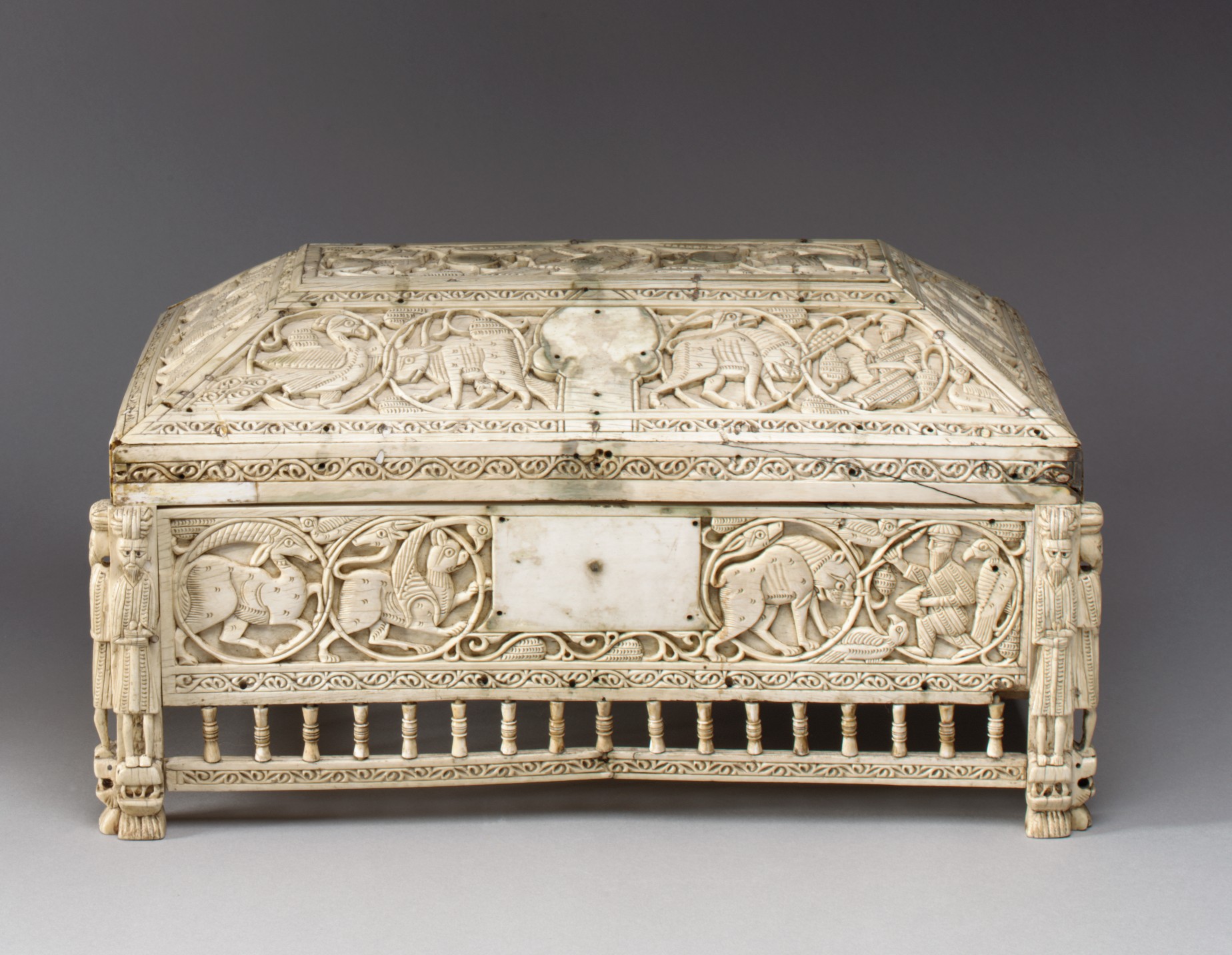List Of Caskets on:
[Wikipedia]
[Google]
[Amazon]

 This is a list of individual caskets with articles:
* Shinkot casket, 2nd century BC, Buddhist container for reliquaries,
This is a list of individual caskets with articles:
* Shinkot casket, 2nd century BC, Buddhist container for reliquaries,

 This is a list of individual caskets with articles:
* Shinkot casket, 2nd century BC, Buddhist container for reliquaries,
This is a list of individual caskets with articles:
* Shinkot casket, 2nd century BC, Buddhist container for reliquaries, Gandhara
Gandhāra is the name of an ancient region located in the northwestern region of the Indian subcontinent, more precisely in present-day north-west Pakistan and parts of south-east Afghanistan. The region centered around the Peshawar Vall ...
, stone
* Bajaur casket, 5–6 AD, Gandhara
Gandhāra is the name of an ancient region located in the northwestern region of the Indian subcontinent, more precisely in present-day north-west Pakistan and parts of south-east Afghanistan. The region centered around the Peshawar Vall ...
(now Pakistan), stone reliquary
A reliquary (also referred to as a ''shrine'', by the French term ''châsse'', and historically including ''wikt:phylactery, phylacteries'') is a container for relics. A portable reliquary may be called a ''fereter'', and a chapel in which it i ...
* Kanishka Casket, 127, Kushan Empire
The Kushan Empire ( grc, Βασιλεία Κοσσανῶν; xbc, Κυϸανο, ; sa, कुषाण वंश; Brahmi: , '; BHS: ; xpr, 𐭊𐭅𐭔𐭍 𐭇𐭔𐭕𐭓, ; zh, 貴霜 ) was a syncretic empire, formed by the Yuezhi, i ...
(now Pakistan), gilded copper reliquary
* Bimaran casket, 1st century, Afghanistan, gold reliquary
*Brescia Casket
The Brescia Casket or Lipsanotheca (in Italian ''Lipsanoteca'') is an ivory box, perhaps a reliquary, from the late 4th century, which is now in the Museo di Santa Giulia at San Salvatore in Brescia, Italy. It is a virtually unique survival of ...
, late 4th century, Italy, ivory reliquary
*Pyxis of Čierne Kľačany
The Pyxis of Čierne Kľačany (Slovak: ''Čiernokľačianska pyxida'') is an oval-shaped jewel box (i.e. a pyxis) made of ivory. Several fragments were found in an intact tomb near the village of Čierne Kľačany in Slovakia in 1974 by a group o ...
, perhaps 4th-century, Byzantine, ivory
* Franks Casket, early 8th century, Northumbria (now Northern England and south-east Scotland), bone (whale)
*Pyxis of Zamora
The Pyxis of Zamora (made in 964 CE /353 aH) is an carved ivory casket () (pyx) that dates from the Caliphate of Córdoba. It is now in the National Archaeological Museum of Spain in Madrid, Spain.
Background and Context
This cylindrical carve ...
, 964, Islamic Spain, ivory
* Pyxis of al-Mughira, 968, Islamic Spain, ivory
*Troyes Casket
The Troyes Casket is a carved ivory box of Byzantine origin. It is housed in the treasury of the Troyes Cathedral in Troyes
Troyes () is a commune and the capital of the department of Aube in the Grand Est region of north-central France. ...
, 10th or 11th century, Byzantine (found in France), ivory
* Veroli Casket, late 10th or early 11th century, Constantinople (now known as Istanbul), ivory
* Cammin Casket, , Scandinavia (lost in the Second World War of 1939–1945, although copies and a plaster cast remain), metal reliquary
* Leyre Casket, 1004–1005, Caliphate of Córdoba, Islamic Spain, ivory
*Uttoxeter Casket
The Uttoxeter Casket, also known as Philip Nelson's casket, is an Anglo Saxon reliquary from Uttoxeter, Staffordshire in the United Kingdom. As of 2017, it is held at the Cleveland Museum of Art in Ohio, United States.
House-shaped and carved f ...
, {{circa, 1050, Anglo-Saxon England
Anglo-Saxon England or Early Medieval England, existing from the 5th to the 11th centuries from the end of Roman Britain until the Norman conquest in 1066, consisted of various Anglo-Saxon kingdoms until 927, when it was united as the Kingdom o ...
, wood
*Morgan Casket
The Morgan Casket is a medieval-era casket from Southern Italy. The casket, attributed to the Fatimid Caliphate, is made from carved ivory and is dated to the 11th–12th centuries AD.
Description
The casket is made from carved ivory and bone ...
, 11th–12th centuries, Southern Italy, ivory
*Becket Casket
The Becket Casket is a reliquary in Limoges enamel now in the Victoria and Albert Museum. It is made of gilt-copper round a wooden core, decorated with champlevé enamel, and of a shape called a " chasse". It was made in about 1180–90 in ...
, 1180–1190, France, metal chasse reliquary
*Casket of Saint Cugat
The casket of Sant Cugat is a reliquary of gold from the beginning of the fourteenth century.
It is made with embossed silver plates engraved and partly superimposed on a golden casket of wood, depicting scenes from the life and death of the marty ...
, early 14th century, Catalonia (now Spain), metal
* Casket with Scenes of Romances (Walters 71264), 1330–1350, France, ivory
* ''Noli me tangere'' casket, 1356, Germany
* Royal Casket, 1800, Poland, wood with metal fittings
See also
*Chasse (casket)
A chasse, châsse or box reliquary is a shape commonly used in medieval metalwork for reliquaries and other containers. To the modern eye the form resembles a house, though a tomb or church was more the intention,Distelberger, 21 with an oblon ...
* Pyxis (vessel), round form
* Pyx (for Eucharist), typically round form
Reliquaries
Caskets
A casket jewelry box is a container that is usually smaller than a chest, and in the past were typically decorated. Whereas cremation jewelry is a small container, usually in the shape of a pendant or bracelet, to hold a small amount of ashes.
...